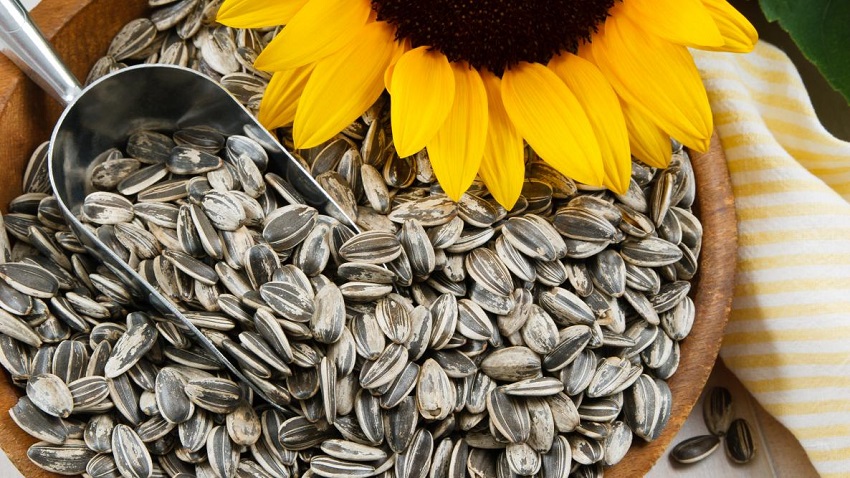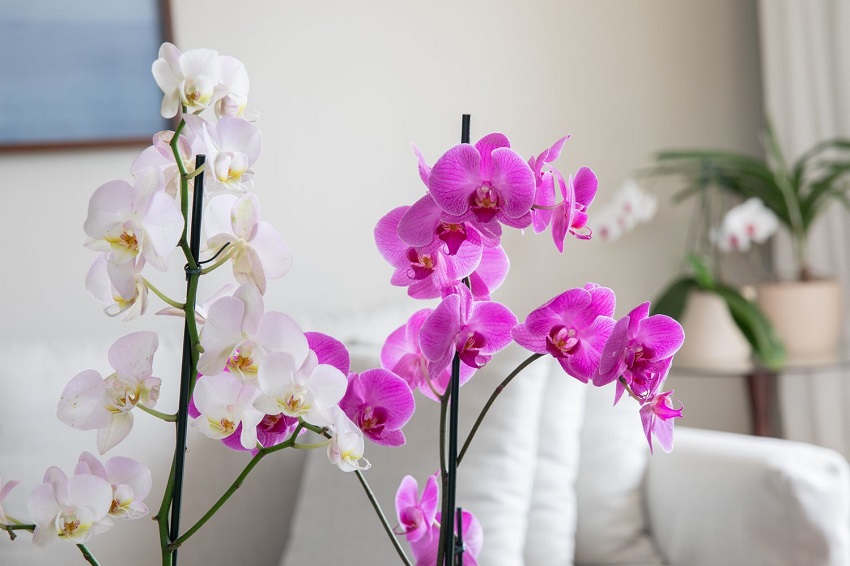Are you a sunflower enthusiast looking to expand your garden with beautiful sunflowers? You might be wondering if it’s possible to grow sunflowers from cuttings. In this article, we will delve into the topic of growing sunflowers from cuttings, exploring the possibilities, techniques, and factors to consider. By the end, you’ll have a comprehensive understanding of whether sunflowers can indeed be grown from cuttings.
Can Sunflowers Be Propagated from Cuttings?
Sunflowers, with their vibrant and striking blooms, are often grown from seeds. However, unlike some plants, sunflowers do not readily propagate from cuttings. The most common and successful method of growing sunflowers is through seed propagation. While it may be possible to root sunflower cuttings under specific circumstances, the success rate is generally low. If you’re interested in propagating sunflowers, it’s important to focus on seed propagation. By discovering how to cut sunflowers at the right time and collecting the mature seeds, you can ensure a higher success rate in growing these beautiful flowers.
Factors Affecting Sunflower Propagation from Cuttings
Several factors influence the success of propagating sunflowers from cuttings. It’s essential to consider these factors before attempting this method:
1. Sunflower Variety
Not all sunflower varieties are suitable for propagation through cuttings. Some varieties have a higher chance of success than others due to their genetic makeup and ability to root from cuttings. It’s advisable to choose a variety known for its potential to root successfully.
2. Plant Health and Vigor
Healthy, robust plants are more likely to produce viable cuttings. It’s crucial to select a mature sunflower plant that exhibits excellent overall health, as weak or diseased plants may not have the necessary resources to support successful root development.
3. Cutting Preparation
To increase the chances of success when propagating sunflowers from cuttings, it’s vital to prepare the cuttings properly. Select a stem section that is approximately 4-6 inches long, ensuring it includes at least one set of leaves. Remove any lower leaves from the cutting and dip the cut end into a rooting hormone powder to encourage root development.
4. Environmental Conditions
The environment in which the cuttings are placed greatly affects their ability to root. Provide the cuttings with a warm and humid environment, preferably using a propagator or a plastic bag to maintain moisture levels. Ensure the cuttings receive bright, indirect light, avoiding direct sunlight.
Alternative Methods of Sunflower Propagation
While propagating sunflowers from cuttings is challenging, there are alternative methods you can explore to expand your sunflower garden. Let’s take a look at two common methods:
1. Seed Propagation
Seed propagation is the most reliable and widely used method for growing sunflowers. Sunflower seeds can be directly sown into the soil or started indoors and transplanted later. This method offers a higher success rate and allows for a wider selection of sunflower varieties.
2. Division
Dividing mature sunflower plants is another viable method of propagation. This involves carefully separating the root system and replanting individual sections. Division works best with perennial sunflower varieties and can be a successful way to expand your sunflower garden.
Tips for Successful Sunflower Cultivation
While growing sunflowers from cuttings may not be the most practical method, here are some essential tips to help you achieve success with sunflower cultivation:
1. Proper Soil Preparation
Sunflowers thrive in well-draining soil enriched with organic matter. Prepare the soil by loosening it and removing any weeds or rocks that may hinder root development. Incorporate compost or well-rotted manure to enhance the soil’s fertility.
2. Adequate Sunlight
Sunflowers require full sun to flourish and produce their iconic blooms. Ensure your sunflower bed receives at least six to eight hours of direct sunlight daily. Plant sunflowers where they won’t be shaded by taller plants or structures.
3. Watering and Fertilization
Sunflowers have moderate water needs, requiring consistent moisture throughout their growth. Water deeply and regularly, especially during dry spells. Avoid overwatering, as it can lead to root rot. Apply a balanced fertilizer during planting and follow up with additional applications as the plants grow.
4. Pest and Disease Control
Monitor your sunflowers for common pests like aphids, snails, and slugs. Remove any affected leaves or pests manually, or use organic pest control methods to protect your plants. Additionally, practicing crop rotation and maintaining good plant hygiene can help prevent diseases.
In conclusion, while it may be technically possible to grow sunflowers from cuttings, the success rate is generally low. Sunflowers are predominantly propagated through seed germination, which offers a higher success rate and greater variety selection. However, if you are determined to experiment with cuttings, carefully consider the factors mentioned above and follow the recommended techniques for the best chance of success.
Remember, sunflowers are a joy to cultivate and offer a magnificent display of nature’s beauty. By focusing on proper cultivation practices and exploring alternative propagation methods, you can create a stunning sunflower garden that will bring delight and awe to your outdoor space.











